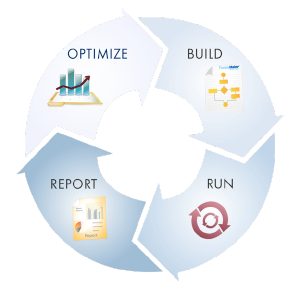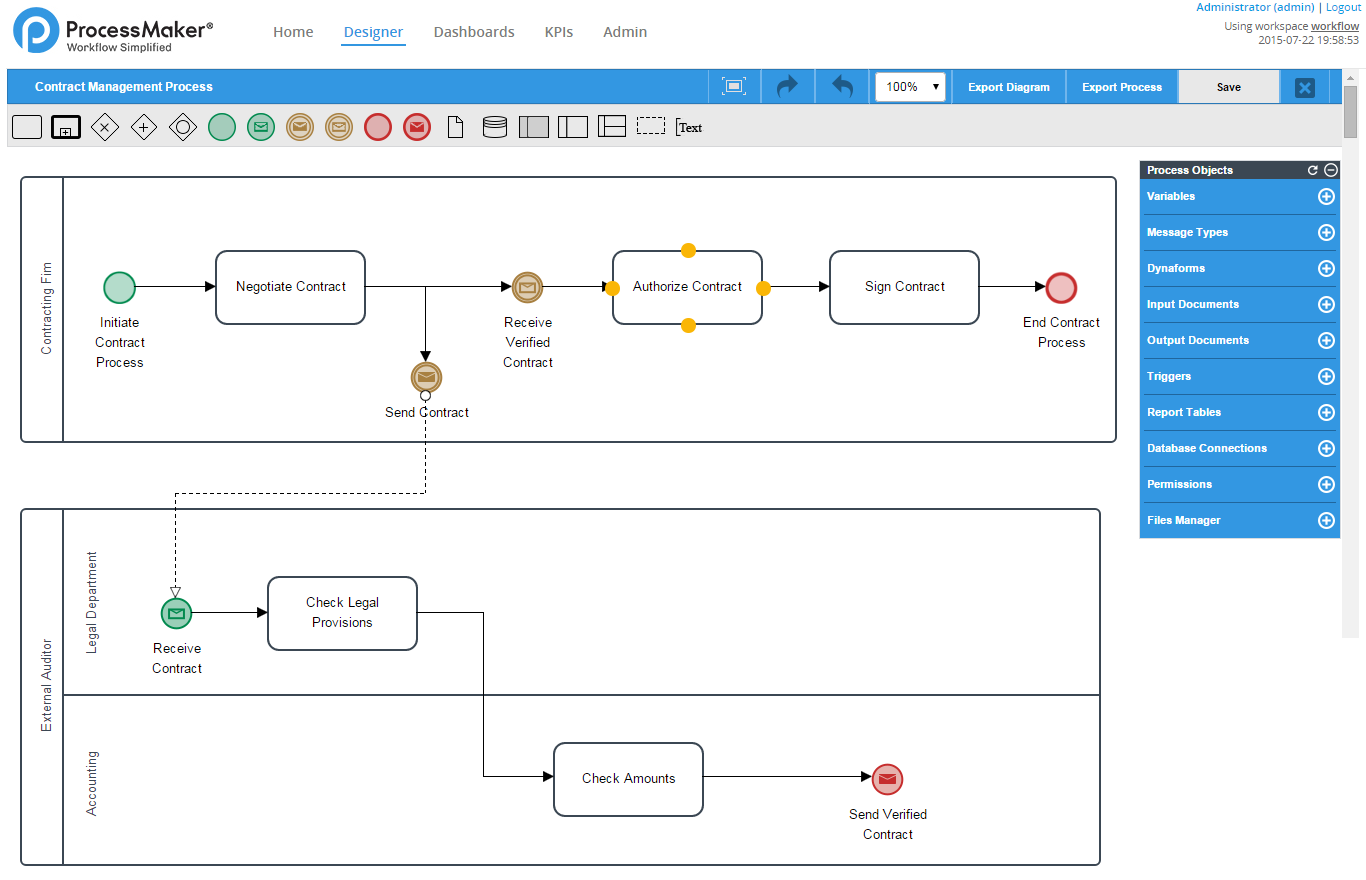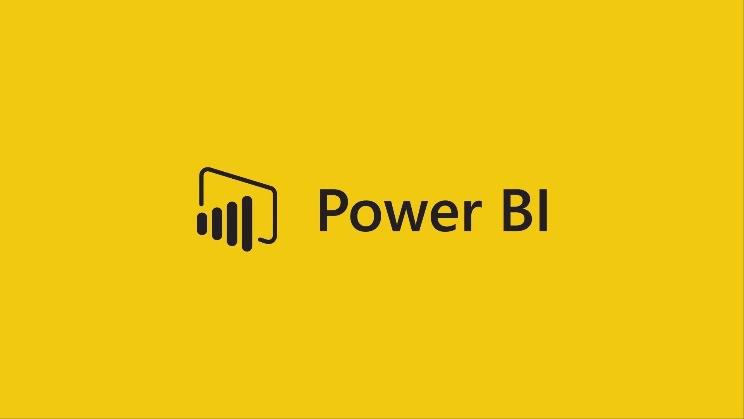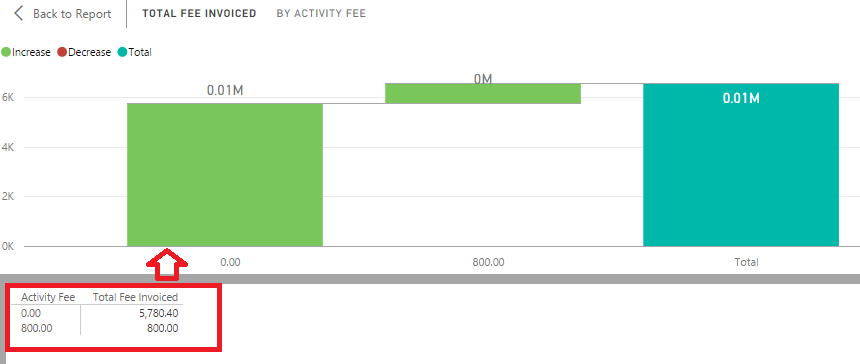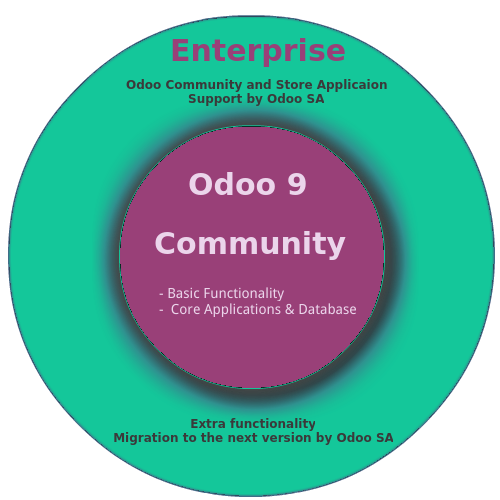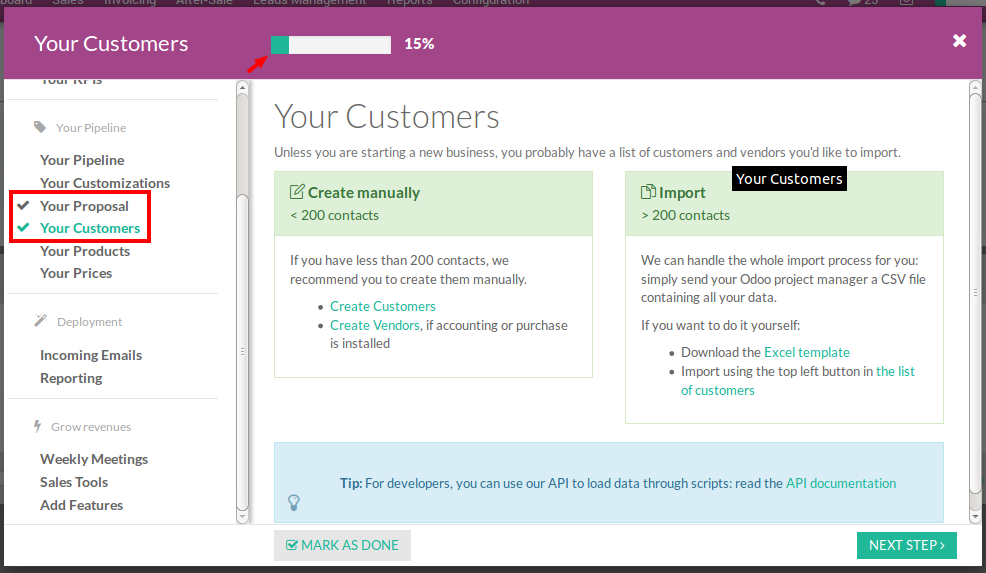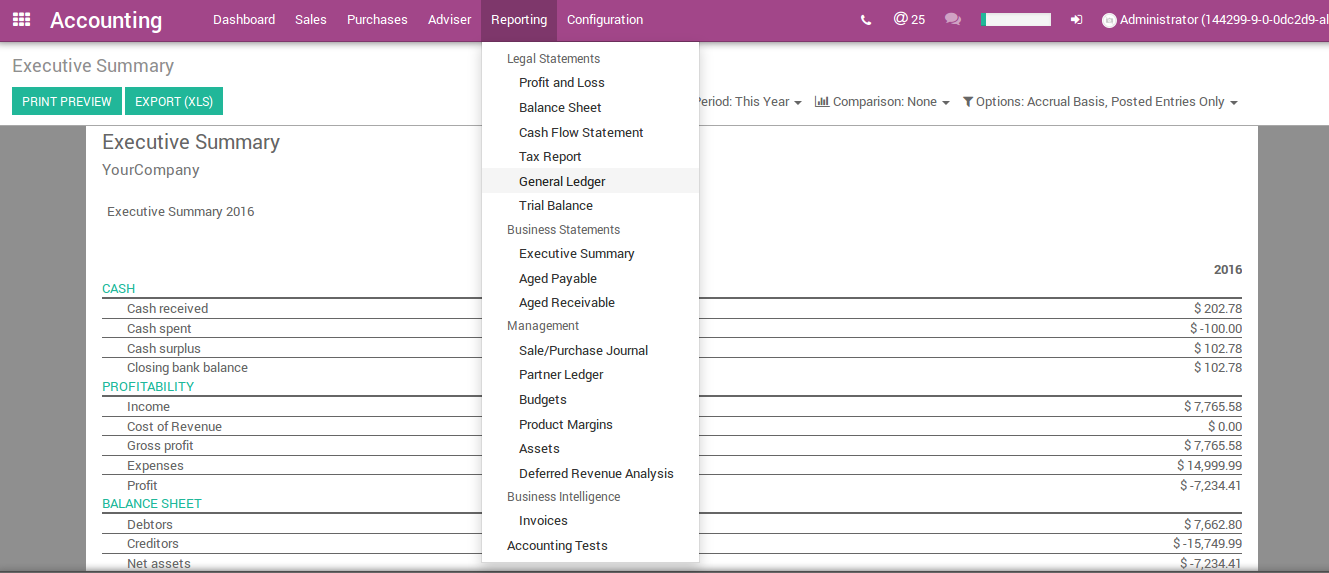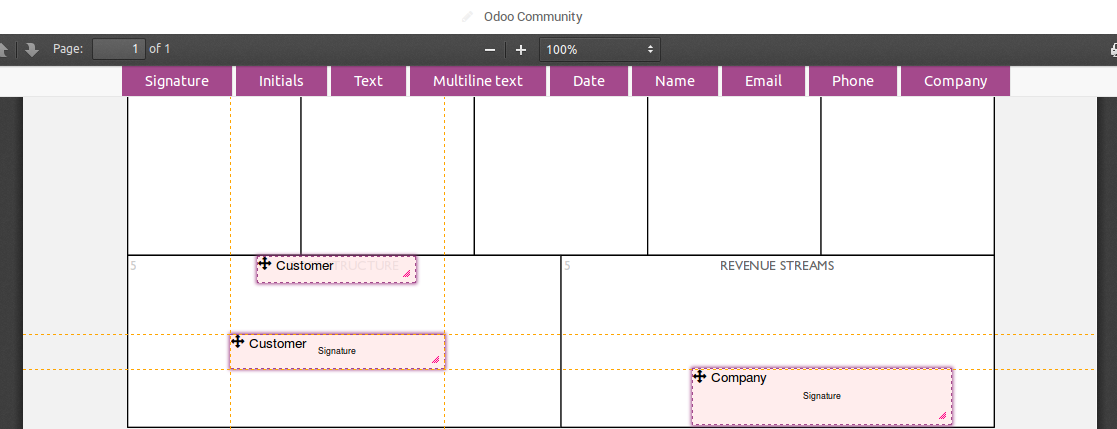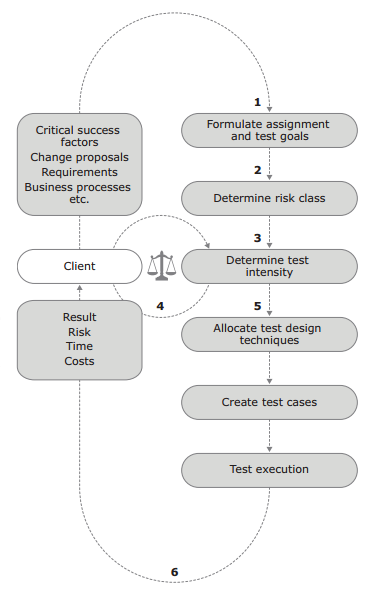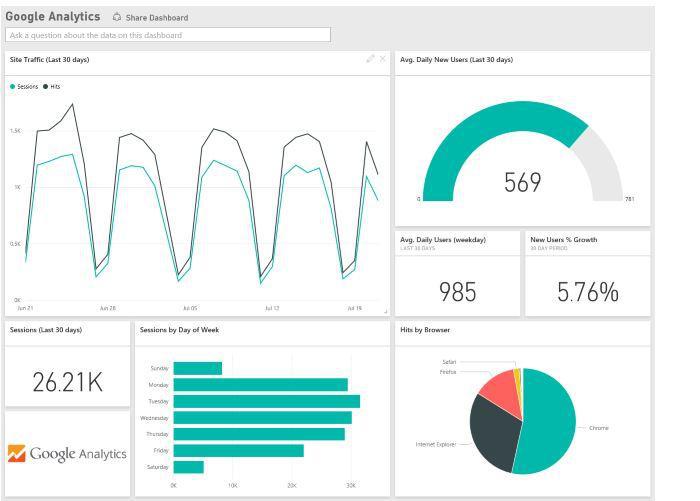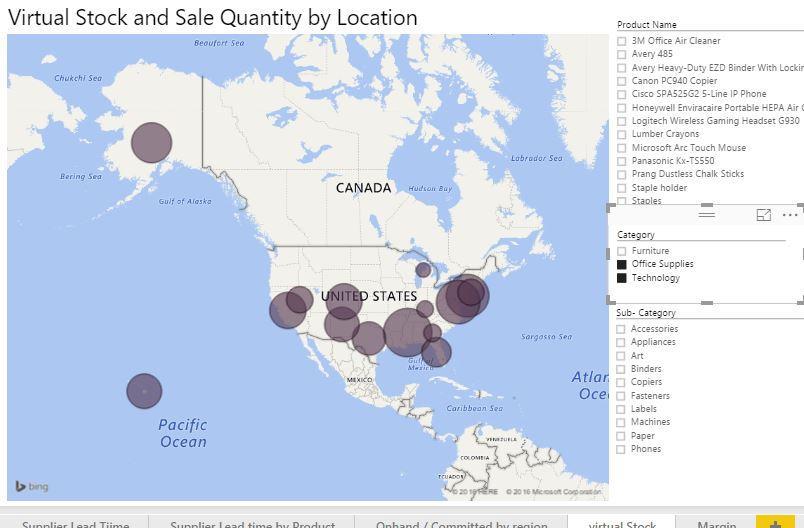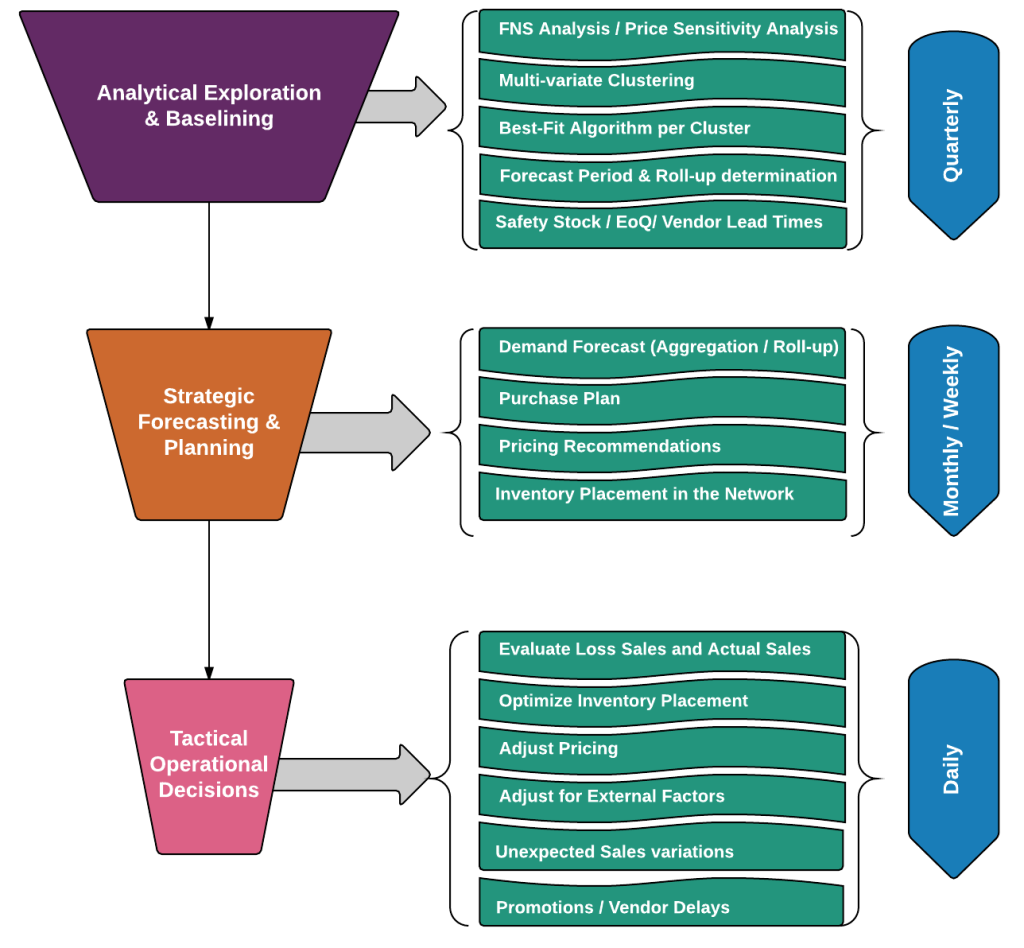What’s new with Process Maker 3.0.1.8 Community Edition
ProcessMaker 3.0.1.8 New Features
Processmaker is an open-source web-based Business Process Management (BPMN-3) Application. This is cost-effective, easy to use(it has evolved assisting ample of ), and can assist many organizations(irrespective of their sizes), any size of designing, automating, and deploying business processes or workflows of various kinds for decision making. It is simple, handy, manageable, and coordinates workflow throughout the organization – including user groups & departments. Processmaker is workflow software that can also interact with other applications and systems such as ERP, business intelligence, CRM like Suite CRM, and Document Management.
Now let’s understand what’s new with ProcessMaker version 3.0.1.8 :
The latest version i.e. 3.0.1.8 is available in 18 languages and supports BPMN 2.0.BPMN ( Business Process Modeling Notation) is very similar to the concept of flowcharting that has been around since the 1980s. Like flowcharting, BPMN modeling has the aim of allowing a person to map the workflow in such a way that it could be understood easily by users. BPMN is designed to facilitate communication along with an understanding of business processes. The graphical notation(‘N’) consists of designated symbols that represent action, flow, or process behaviors. Visual symbols are standard after OMG(Stands for Object Management Group) released the first version of the BPMN 2.0 specification in May 2004. BPMN is not software, but its language used to facilitate communication developed by the OMG as a notation standard that can be understood easily by the Business analysts, Technical developers, and project managers. ( Working System Flow )
Coming to processmaker, many business professionals are comfortable with using BPMN 2.0 to visualize business workflows, but added advantage of BPMN 2.0 is that the people who write code to automate processes understand BPMN 2.0 too. Developing workflows is a process of capturing all relevant information that goes into the process, who is involved, what they are responsible for, and how the tasks are handed off, which tasks are manual and which are automated. Ideally, the first stage in business process modeling of workflow is the gathering of relevant information. And next, the process and workflow are modeled. At last, the new workflow is tested, implemented, monitored, and modified as necessary. ( Below is a simple Workflow Design )
In reference to the diagram above, all elements that are used for design purposes fall under, the Descriptive Modeling Subclass to name a few – Swimlanes, pools, and the black box pool. Where the pool is the graphical representation of a participant in a collaboration. A pool can also act as a “swimlane” and graphical container which partitions a set of activities from other pools usually in the context of B2B situations. A pool may or may not have internal details, if it does have then it will be in the form of the Process that will be executed. A lane is a sub-partition within a process or a pool and it extends the length of the process, either vertically or horizontally. Lanes are used to organize and categorize activities.
The diagrams rendered under BPMN 2.0 are similar to those created under older versions, but BPMN 2.0 offers a number of new elements as well, including:
-
Multiple parallel events
-
Escalation events
-
Different task types (service, send, receive, etc.)
-
Global activities
-
Sequential multiple instances of tasks and associated subtasks
-
Event-based instantiating gateways
-
Event-based sub-processes
-
New types of data objects (data input, output, message, collection, etc.)
Shapes and symbols that were used under earlier versions of BPMN are still used under BPMN 2.0. One major change is that BPMN 2.0 adopts the XML interchange format, which makes it easier to turn a model and its notation into an automated, executable process. That means that workflow software vendors using BPMN can more easily take BPMN 2.0 input and automate it.
Some of the Key features of Processmaker 3.0.1.8 from our perspective are as follows:
-
Improved HTML5 and Multi-column design that supports on-the-fly responsive design and added external libraries to check compatibility with mobile, desktop, and tablet views.
-
Key improvements are made in the following things
-
New and modified PMFuntions to reduce the code complexity.
-
Improvisation of executeQuery which restricts access to the core tables of Processmaker and preserves Data Integrity.
-
It also addresses security issues, say for example it prohibits the use of multiple instances of browsers by the same user in Processmaker.
-
Selective Exporting/Importing of process objects like Triggers, Input/Output Documents, Variables, Dynaforms, DB connections, and so on.
-
It permits strictly defining Process level variables that help to reduce confusion about the same variable not being created in the same process.
-
It allows you to seamlessly connect to third-party applications with the help of RESTful API over multiple languages e.g. Ruby, iOS, Android, JAVA, and python.
Front End Changes :
-
The drag-and-drop layout of gateways, activities, and events.
-
Easy to move, resize and label all process elements.
-
Powerful OAuth2.0 and REST API for integration with Other Applications.
-
Pools for multiple processes in a project.
-
User Portal and Management with creating Different types of roles.
-
Message types for Inter-Process communications.
-
Import/export of processes in the BPMN 2.0 format. ( JSON ).
-
Auto Responsive forms that adjust for the desktop, tablet & smartphone.
-
Output Document Builder is used to create invoices contracts, letters, electronic receipts, confirmations, or any other type of printable Document.
-
Compatibility with desktops, tablets, and mobile devices
-
Dynaforms Multilanguage support
-
Extensive Dynaforms with panels.
Feel free to get in touch with us or email us at sales@bistasolutions.com for more insights.

